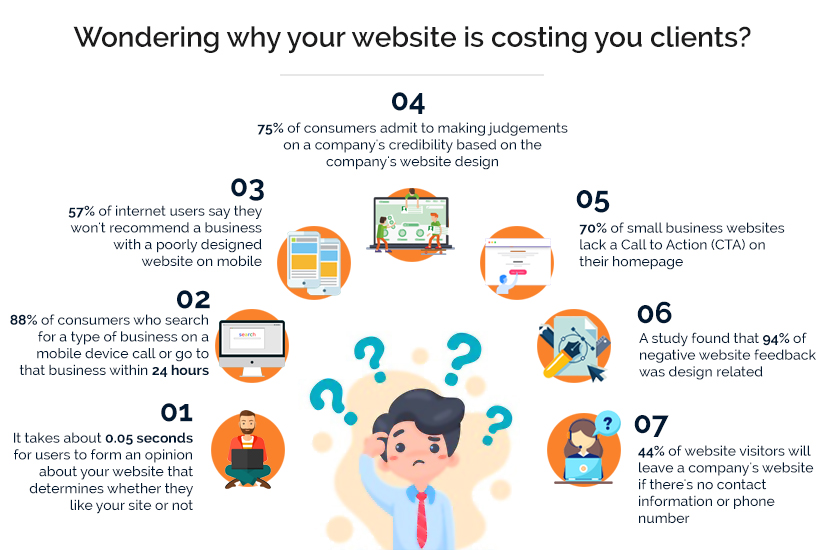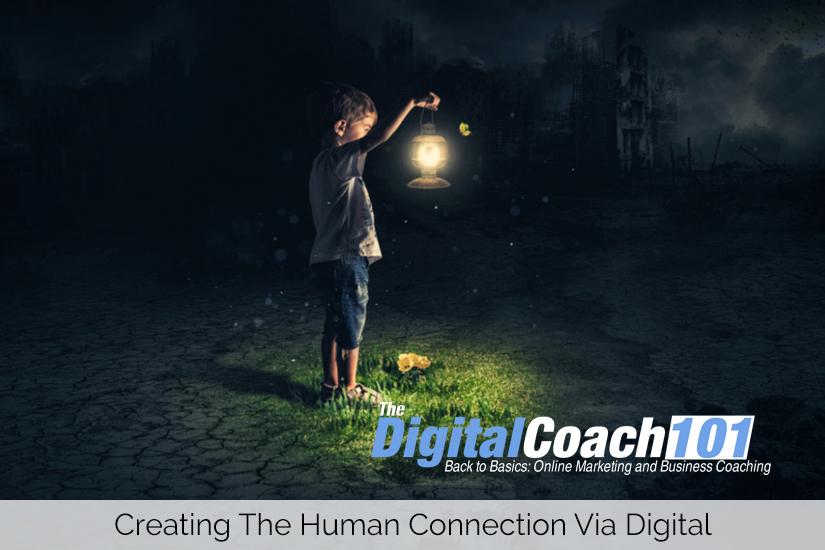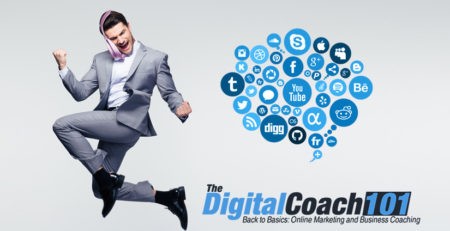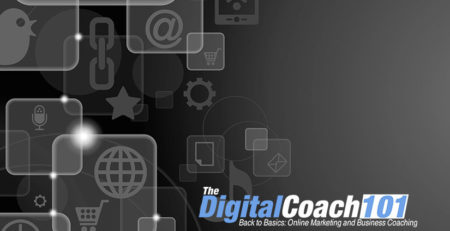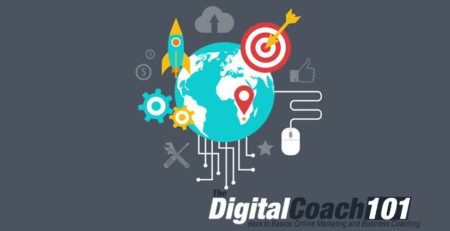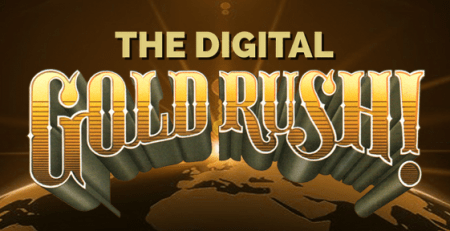The Importance of Visibility in the Digital Ecosystem
As we edge ever closer to being fully immersed in the Fourth Revolution, AKA the digital age, it should come as no surprise that businesses absolutely have to be visible in the digital ecosystem.
Why?
Because your business depends on customers and in order for them to buy from you, they need to know you exist and be able to find you online.
In short, with increasingly more customers transitioning to the digital world to conduct research, compare prices, and make purchases, your business needs to be visible online. This isn’t a hollow statement. According to Adaptive Marketing, 97% of consumers use the internet to find a business – and this growth of consumers in the digital ecosystem was on the rise even before the Covid-19 pandemic. Consider how many more consumers go online now as a result.
Essentially, if your business isn’t visible in the digital ecosystem, you don’t exist in the market and your competition will overtake you. Let us take you through the fundamentals of digital marketing, so that you can build a stronger online presence, increase your visibility, and get more engagement and deals for sales enablement and sales support teams.
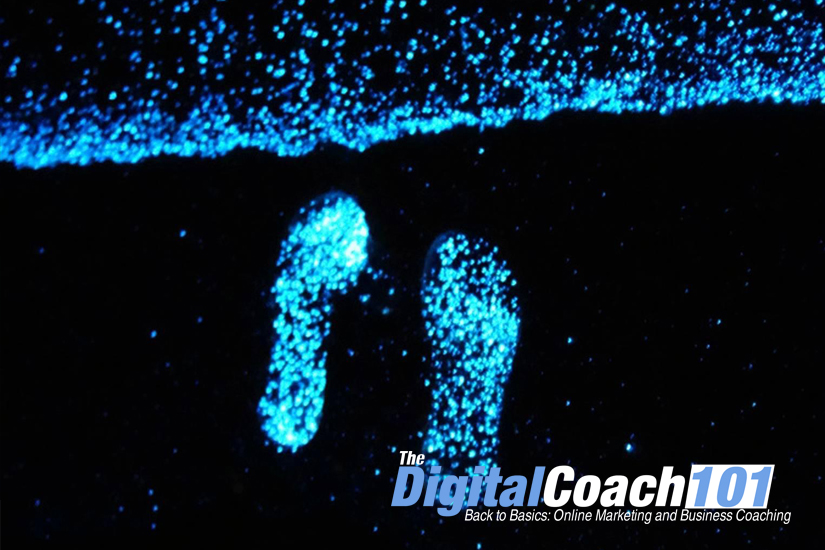
Choosing where to increase your online visibility
The key to building your visibility is to show up where your audience is. In our experience, the most accessible platform that enables you to find and speak directly to your audience is LinkedIn. The targeting, tools and analytics available enable you to find highly targeted customers and connections, develop relationships, generate leads, use sponsored updates, grow your email marketing list, and post high-quality content.
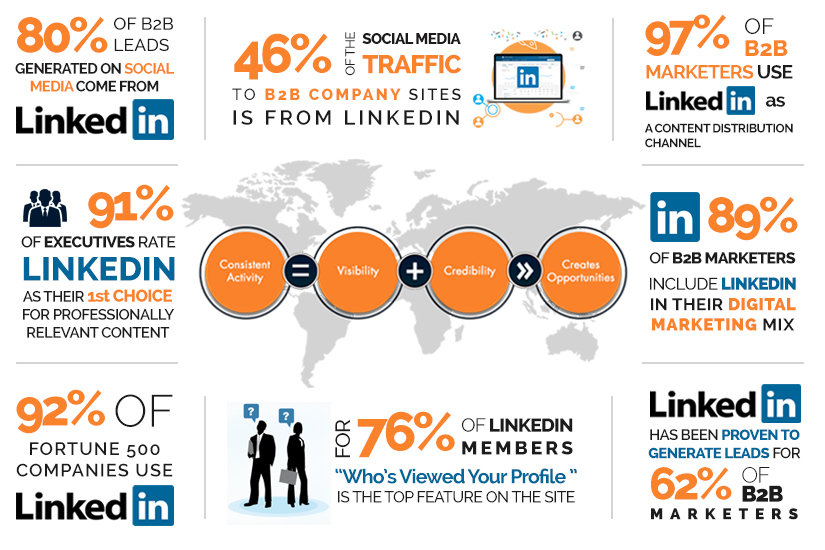
Grow your email marketing list
The reality is that 90% of decision-makers don’t respond to cold calls. Instead of wasting your time on this approach, a hugely impactful way to reach out to potential customers is through an intentionally grown email list. You can create an editorial plan and engage with current and potential customers on a daily, weekly, or monthly basis with appropriate content. This way, you can create a human connection via digital means through personalised content.
In fact, on LinkedIn you can take this to the next level by using hyper-personalisation. Through this approach you can make use of real-time data to connect with your audience – delighting and engaging them with that personal touch by adding dynamic personalised layers to your LinkedIn strategy. Not only can you use this to reach out to your audiences and directly sell or position a product, but you can also be more subtle and promote useful information at a crucial moment in time.
If you’ve been on LinkedIn for a while and haven’t gained any real benefit from building an email list, then we can help.
Produce quality content
Logically, it makes sense that if you produce more content, you’ll have more opportunities to show up online. The key is to strategise both your visual and written content around the platforms where you want to show up on and prioritise those platforms where your customers are active.
In the case of LinkedIn, you would focus on:
- A well written profile that highlights your skills, shows your values, establishes your authority, and includes relevant keywords.
- Background images that subtly welcome visitors.
- A professional, personal photo.
- Featured media that enhance your personal brand.
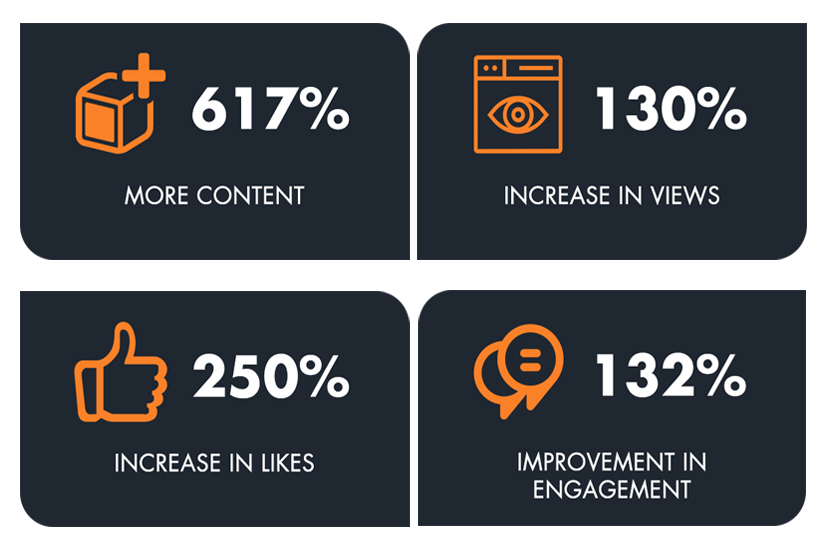
Don’t underestimate the power of SEO
You can’t speak to quality online content without referencing the role that SEO plays in your overall digital visibility strategy. SEO (search engine optimisation) is one of the best tactics to build your online presence and is divided into two categories, namely on-site SEO and off-site SEO.
To explain it briefly, on-site SEO focuses on creating educational content that matches your audiences’ searches and relies on keyword research, as well as the use of internal and external links. With off-site SEO, there’s more technical attention required, specifically when it comes to properly setting up your website with simple URL structuring, quick page speeds, and backlinks.
Make a website
We hardly want to sound repetitive, but visibility in the digital ecosystem centres on showing up online. You need to be active on a platform, like LinkedIn, which serves as a credible presence through which consumers can find you. Another good way to show up is through a website, because aside from social media platforms, one of the first places people will go to find out more about your business is through your customised website.
This is where you can show off your brand through bespoke colours, fonts, text, video, and images. More importantly, this is where people can find out what you sell, make enquiries, and even make purchases.
